Andrew Blackmore reports from the theater which shall forever be known as the New York State Theater:
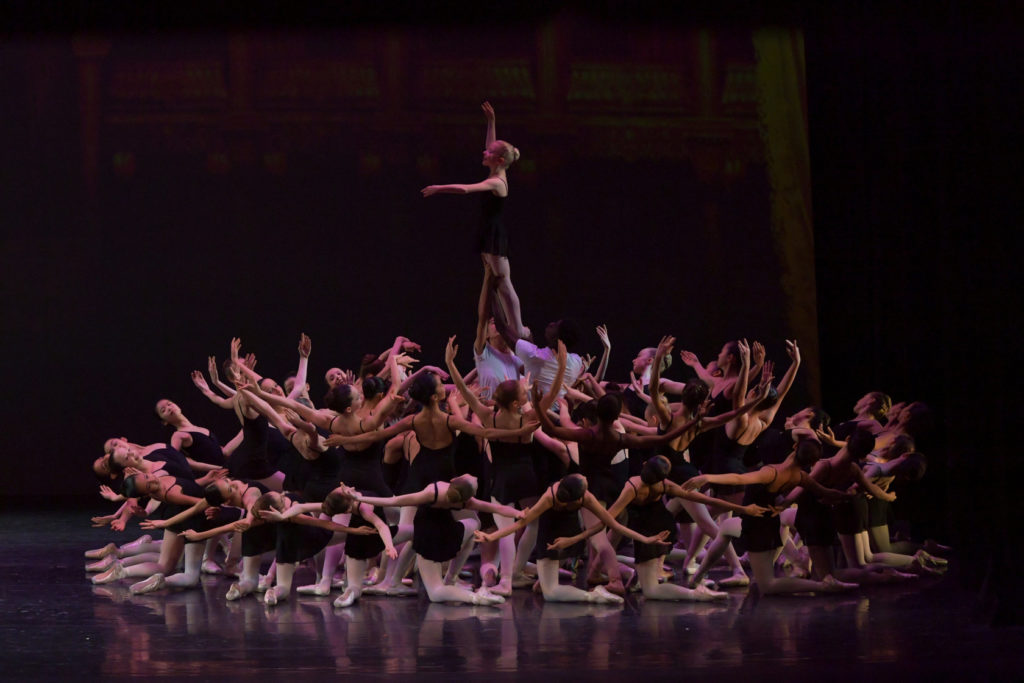
2018 Youth America Grand Prix contestants at the Gala (Photo: VAM Productions)
The topic of conversation at this year’s edition of the YAGP gala performance was the absence of Olga Smirnova. Unexpectedly and at the last minute, her request for a visa to perform in the show was rejected by the Department of Homeland Security. Despite denials, the rejection of this routine visa request is widely believed to be part of the ongoing tit-for-tat between Russia and the United States. If that’s the case, we can expect retaliation from Russia against American artists due to Smirnova’s high profile as one of the Bolshoi Ballet’s leading ballerinas. This is what happens when boorish amateurs are placed in charge of America’s political institutions. It’s a revealing measure of their degraded collective mentality how little the performing arts mean to them. It is galling to think that they are willing to engage in this type of crass interference in a demonstration of vindictive spite. Obviously, the classical arts signify nothing to them and this will probably get worse. I look forward to a time when diplomacy is once again handled by civilized diplomats instead of reactionary fools.
Enough about politics, how were the kids? Well, this year was different. In prior years, the show was divided into two parts. In the first, we had the youngsters – The Stars of Tomorrow – showing off their talent and in the second we had the Stars of Today, many of them previous YAGP contestants. Previously, the young dancers were seated in the audience for the second act to see their favorite stars perform and they screamed with joy. It had the feel of the Beatles appearance on Ed Sullivan, I kid you not. This year the show ran two full hours with no intermission. As a result, they were confined to screaming from the wings and I have to admit that I didn’t mind the noise being at least slightly muted.
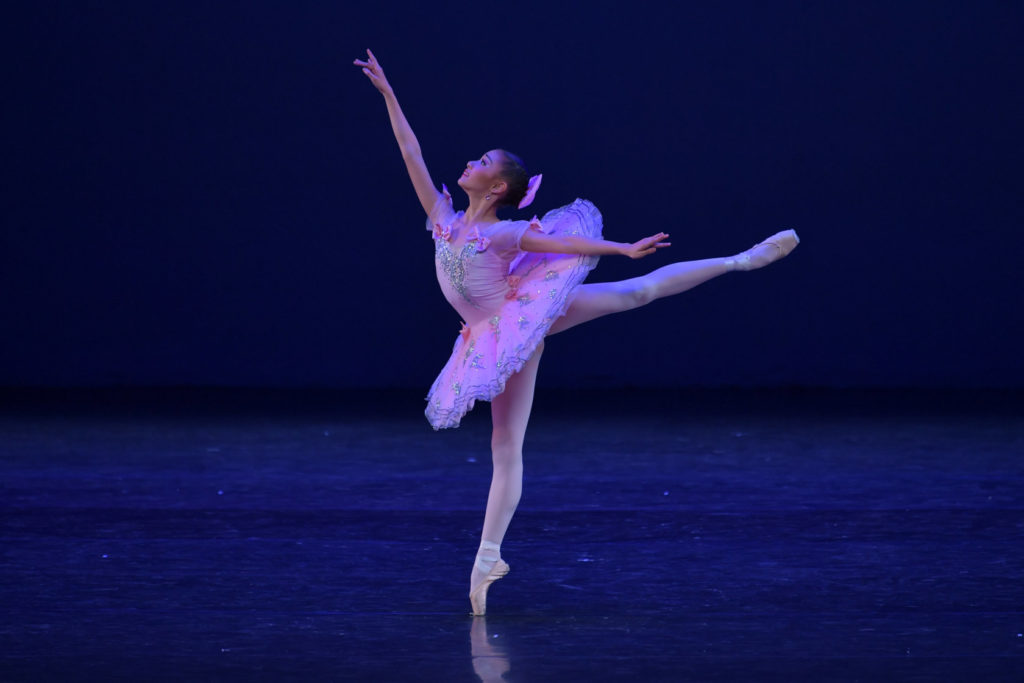
Rebecca Alexandria Hadibroto at YAGP (Photo: VAM Productions)
As usual, this year’s young winners were astonishing. Perhaps the most wondrous was 11-year-old Rebecca Alexandria Hadibroto from Indonesia. Winning the pre-competitive division at her age is by no means a guarantee of future success. Everything can change between now and when she turns 18 but her pure grace, refined form and technical ability were not surpassed in relative terms by any other dancer in the show. It’s hard to see where she goes from here but 2015 pre-competitive winner Satya Tranfield is now 14 and thriving in the National Ballet of Canada’s school. Portugal’s Antonio Casalinha, a star of the show in previous years, is now 14 and his Corsaire variation came with a full bag of tricks. I couldn’t keep count of his multiple pirouettes because I ran out of fingers. The only question now is whether he will grow tall enough to fit into a major dance company. Elizabeth Beyer from the Ellison School is 15 and she was obviously the beneficiary of the best coaching available. Her every move in the Esmeralda variation was perfectly phrased and all the necessary details were there. In fact, it came across as a bit too calculated with not enough spontaneity but I guess that will happen when you do the same variation for an entire year. 17-year-old Brazilian Carolyne Freitas Galvao showed how to be spontaneous with her lovely samba. Mexico’s Enrique Emmanuel Bejarano Vidal, another 14-year-old, was outstanding in the variation from Diana and Acteon. Closing it out for the young dancers was the pas de deux from Talisman, danced by South Korean international competition veterans, Sang-min Lee and Seon-mee Park. Ms. Park is blessed with gorgeous line and the two were immaculate.
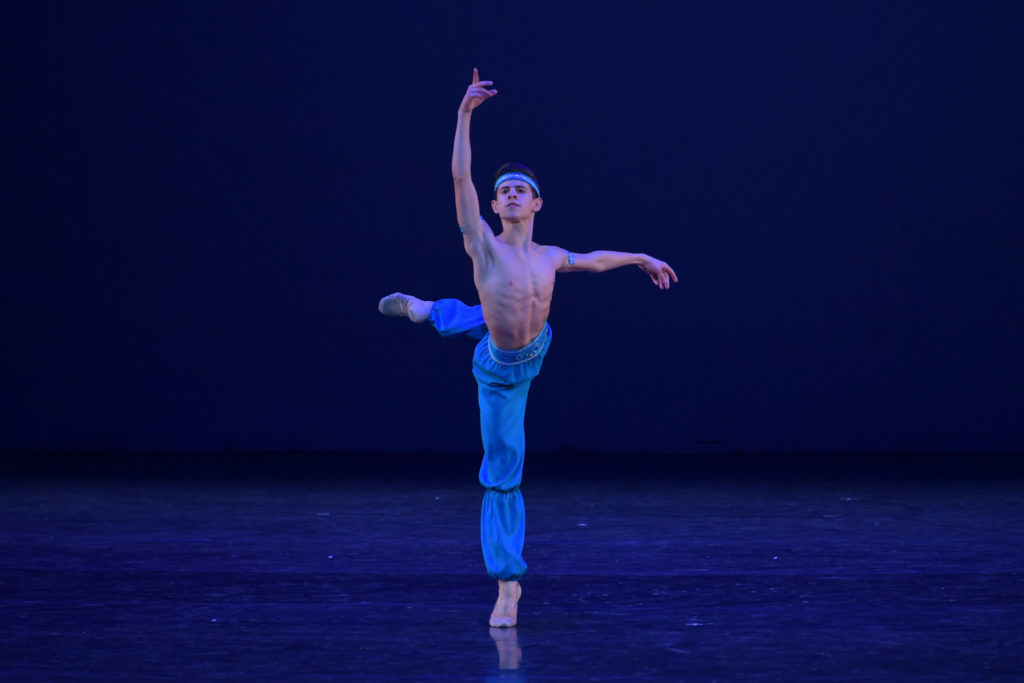
Antonio Casalinha at YAGP (Photo: VAM Productions)
Which brings us to the professionals. Would it surprise you to learn that they were all great? Whitney Jensen landed in the Norwegian National Ballet after her surprise departure from Boston Ballet. The move clearly worked out well for her and she looks better than ever. Jensen paired up with Garrett Smith for an excerpt from Imitations, a neo-classical duet that he choreographed. It was powerful and dynamic with moments of humor, not the least of which was Smith’s micro-tutu. They danced solo, in tandem, together, apart, and it was all captivating. Why don’t we see more of his work in New York?

Whitney Jensen and Garrett Smith in Smith’s ‘Imitations’ at YAGP (Photo: VAM Productions)
“Principal Guest Artist” Liubov Kazantseva was Bolshoi trained and is now an aerialist. I don’t mean to take anything away from her because she is talented and I know that what she does is extremely difficult but it struck me as more of a nightclub act. Her accompanying Gypsy-garbed violinist, Sarah Charness, rolling on the floor while playing her electric violin was de trop.
Tres Hombres was a crowd favorite and, judging by the hoots and shrieks from backstage, the kids loved it as well. It was three men from different dance disciplines showing off in material they choreographed for themselves. Ballroom dance champ Denys Drozdyuk took honors for raw sex appeal. So You Think You Can Dance champ, Lex Ishimoto, showed off his mad B-boy skills with hip-hop moves that are his alone and New York City Ballet’s Daniel Ullbricht upheld for the ballet side with an assortment of leaps, tours and spins that had the wings shaking.
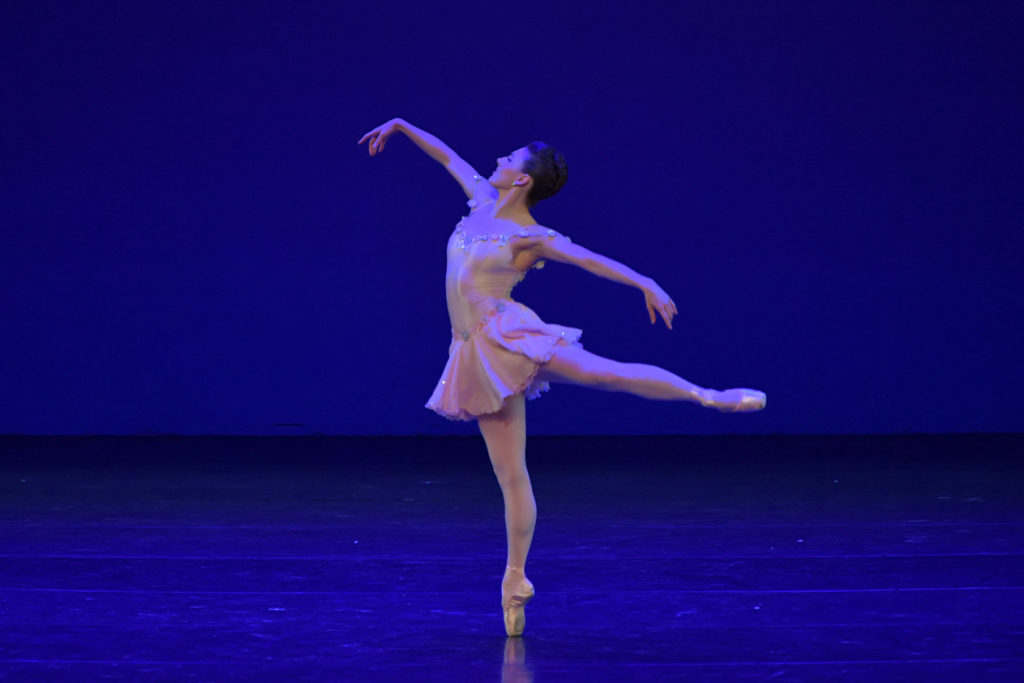
Tiler Peck in Balanchine’s ‘Who Cares?’ at YAGP (Photo: VAM Productions)
NYCB’s Tiler Peck stepped in to pick up the slack for Smirnova with a scorching rendition of Fascinatin’ Rhythm from Balanchine’s Who Cares? Frankly, I’m out of superlatives to describe Peck. She tossed off this piece of intricate allegro dancing like she was skipping down the sidewalk. Utterly thrilling. Daniil Simkin’s performance of Les Bourgeois managed to be both bravura and refined as he made the most of fitting the choreography to Jacques Brel’s phrasing.
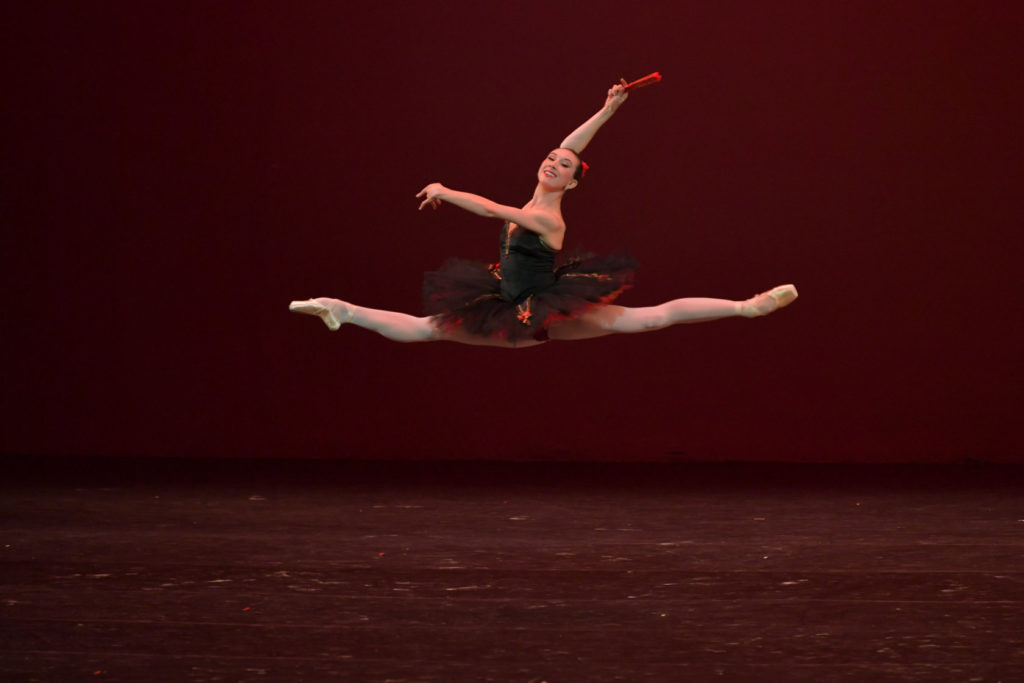
Isabella Boylston in the pas de deux from ‘Don Quixote’ at YAGP (Photo: VAM Productions)
Finally, American Ballet Theatre’s Isabella Boylston and Mariinsky’s Kimin Kim brought down the house with their Don Q pas de deux. It’s no secret that Boylston is the young dancers’ favorite and her every move drew shrieks of joy and awe from the wings. Judging by the cacophony, I imagine it was more crowded backstage than a subway platform at rush hour. Always an adventure with ballerinas who have hyperextended legs, she knocked off the fouettés in the coda successfully while Kim flew across the stage.
We can argue all day long whether or not ballet competitions are good for the art but we can’t disagree that they’re here to stay. I remain ambivalent but I’ve given up disputing. YAGP is the biggest competition of them all and it only seems to get bigger with each passing year. This is now the central clearing ground for some of the world’s top ballet talent to be seen and snapped up by the world’s leading dance companies. This show was a reminder, as if it were needed, that YAGP is number one.

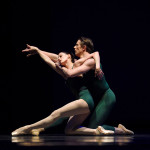

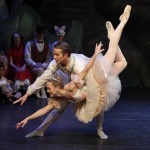
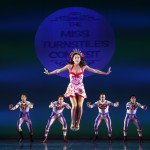
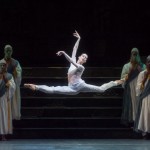

How is YAGP number one? Maybe it has the most number of students competing. But many more dancers have gone into the big companies from Prix de Lausanne and the Russian competitions than from YAGP.
1. Art cannot be above politics. For Russia this art is their political weapon.
2. These competitions are shocking. Yes once in a while a wonderful unknown dancer gets a chance to be seen by the big companies and the big academies. But everyone knows you can audition by videotape and YouTube. The organizers make so much money but they pretend they are doing it as a public service. They are in complicity with the dance studios who say to American parents “your kid deserves to win a medal so you should pay for them to have the chance to try.” Asian parents are even worse. No one cares about these medals except the parents. At least Prix de Lausanne closes the door to the younger kids. But YAGP is just pure greed.
Excellent review! Very smart of the YAGP to put famous dancers on stage. There is only so much we can take of watching the young students even if they are amazing. Ballet is for grown ups.
These are all interesting comments. I wonder to what extent funneling these competition children into particular schools is changing the way they are being trained. Is it helping? Are the schools that benefit from a close relationship with the competition promoters treating the children well? There’s got to be a heavy profit motive in having competition winners in your school.
So true. It is a money factory. Most students in a ballet academy are just average, they will not have a brilliant career, many of them will not even become professional dancers. The gifted ones are very rare but academy only needs one or two, they will put them on scholarship, then they can attract many more average kids whose parents will pay.
This is something the Russian academies and Paris Opera School don’t need to do. They are big government machines, they go across the country to look for the kids who seem promising, they recruit the best and can afford to ignore the rest. YAGP would be nothing without the desperate Americans and Asians.